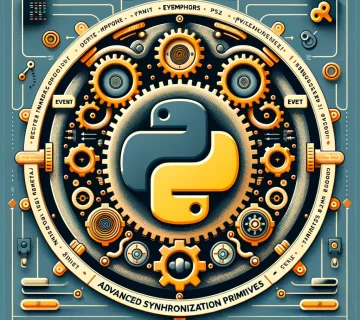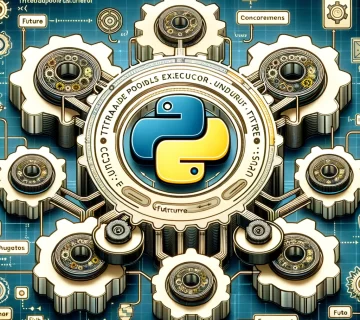In Python, sequence types are a fundamental concept, forming the backbone of data structure manipulation. Among the most commonly used sequence types are strings, lists, and tuples. Each of these types serves different purposes and comes with its unique set of features, performance implications, and use cases. This post will explore these sequence types, highlighting their similarities and differences to help you choose the right type for your specific programming needs.
Understanding Sequence Types in Python
Before diving into the specifics of each type, let’s define what a sequence type is. In Python, a sequence type is a collection of values where each value is identified by an index. Sequences allow you to store multiple values in an organized and efficient way. They support common operations like indexing, slicing, iterating, and checking for membership.
Strings
- Definition: A string is a sequence of characters used to store text data.
- Immutability: Strings are immutable, meaning once a string is created, its elements cannot be altered.
- Use Cases: Ideal for text manipulation, such as parsing, formatting, and data validation.
greeting = "Hello, Python!" print(greeting[0]) # Output: H
Lists
- Definition: Lists are ordered collections of items that can be of different types.
- Mutability: Unlike strings, lists are mutable, allowing you to modify their content.
- Use Cases: Perfect for tasks that require the collection of items to be altered, such as appending items, sorting, or aggregating data.
colors = ['red', 'green', 'blue']
colors.append('yellow')
print(colors) # Output: ['red', 'green', 'blue', 'yellow']
Tuples
- Definition: Tuples are similar to lists in that they are ordered collections of items but are immutable.
- Immutability: Once a tuple is created, it cannot be changed, making it suitable for read-only collections.
- Use Cases: Ideal for storing a collection of items that shouldn’t change, such as function arguments or database records.
coordinates = (10.0, 20.0) print(coordinates[1]) # Output: 20.0
Similarities and Differences
Similarities
- Indexing and Slicing: All three types support indexing and slicing operations, allowing you to access individual elements or subsets.
- Iterability: Strings, lists, and tuples can all be iterated over with a loop, making them versatile for data processing.
Differences
- Mutability: Lists are mutable, whereas strings and tuples are immutable. This distinction affects how you can manipulate these types.
- Performance: Due to their immutability, strings and tuples can be slightly faster in certain contexts, particularly when passing around large collections of data where changes are not needed.
- Functionality: Lists come with a variety of methods for modifying the collection, such as
append(),remove(), andsort(), providing greater flexibility for dynamic data manipulation.
Performance Implications
When it comes to performance, the choice between strings, lists, and tuples can impact your program’s speed and memory usage:
- Memory: Immutable types like strings and tuples can be more memory efficient due to Python’s internal optimizations.
- Speed: Operations that modify a collection, like adding or removing elements, are generally faster with lists due to their mutable nature. However, when performing operations that benefit from immutability, like iterating over a sequence or copying it, tuples may offer a performance advantage.
Conclusion
Understanding the nuances of strings, lists, and tuples in Python is crucial for effective programming. Each type has its advantages and ideal use cases, influenced by factors like mutability, performance needs, and the specific requirements of your task. By choosing the right sequence type, you can write more efficient, readable, and maintainable Python code.
Do you have any tips or tricks for working with these sequence types in Python? Have you encountered any interesting use cases or performance considerations? Share your thoughts and experiences in the comments below to contribute to our growing Python community.
Stay tuned for more insightful posts as we continue to explore Python’s versatile features and best practices. Your journey to mastering Python is well supported with our comprehensive series on data handling and structures.





No comment